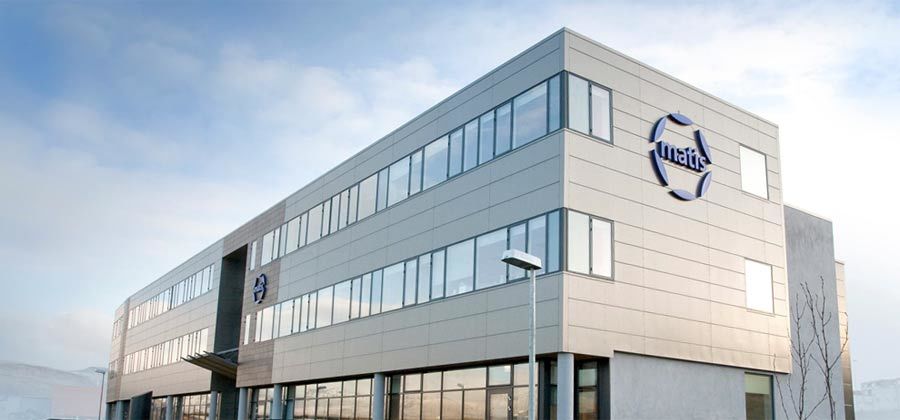Matís ohf has completed a detailed fatty acid analysis of 30 samples of food on the Icelandic market in comparison with previous results, but a large study was conducted on fatty acids in all categories of food on the Icelandic market in 1995.
The current results show that the proportion of trans-fatty acids for almost all foods is lower than before, but a considerable amount of trans-fatty acids was detected in some samples of certain products. Dietary recommendations recommend that people eat as little trans fatty acids from industrial raw materials as possible. It is also recommended to limit the consumption of saturated fatty acids. In this way, the risk of heart disease can be reduced.
The analyzes were this time carried out with Matís' new gas analysis, but he offers very detailed analyzes. 46 fatty acids were analyzed, including trans fatty acids, but they were now analyzed for the first time at Matís. Previously, samples had to be sent abroad for analysis of trans fatty acids.
Fatty acid analyzes were performed on margarine, baked goods, biscuits, ice cream, snacks, sweets and food from fast food places. The samples were taken in June 2008. The study did not cover dairy products and cattle and lamb products that contain a small amount of trans-fatty acids from nature. Also were not included with various foods that contain vegetable oils and therefore no trans fatty acids, but among these foods are various breads and cakes.
For all categories of the above foods, at least some of the samples were detected with little or no trans fatty acids, which is a big change from what has been the case. For example, there were almost no trans fatty acids in the types of biscuits examined. This shows that the food industry has found ways to produce products without trans fatty acids. However, a considerable amount of trans fatty acids was detected in some samples of margarine, baked goods and ice cream. It is clear that manufacturers can improve these products and get rid of trans fatty acids. The results are in line with the fact that in many countries good results have been achieved in reducing trans-fatty acids in food.
A large study was conducted on fatty acids in all categories of food on the Icelandic market in 1995. The results now show that the proportion of trans-fatty acids for almost all foods is lower than before. In some cases the change is very big, such as for biscuits, glowing margarine and french fries.
The table below summarizes the results for the categories of fatty acids. The table shows the ratios of fatty acids and not their amount. The proportion of trans fatty acids is in most cases very low. In Denmark, the maximum value for trans fatty acids from industrial raw material is 2% of all fatty acids. The ratio is below this limit for 17 samples out of 30. Another 7 samples have trans fatty acids in the range of 2-4.2%. Significant trans fatty acids were detected in 6 samples, namely margarine, baked goods and ice cream.
It is clear from the results that the food industry is increasingly using wholemeal fats without trans fatty acids and liquid vegetable oils instead of semi-hard fats, which led to trans fats being present in the products. In recent years, there has been an improvement in the hardening of fats, so efforts are being made to increase as much as possible unsaturated fatty acids (including trans-fatty acids) in saturated fatty acids. It is therefore no longer possible to conclude that trans fatty acids are present in foods when hardened fats are indicated in the description of ingredients. On the other hand, it is clear that trans fatty acids are present when labeled semi-hydrogenated or partially hydrogenated. It is a disadvantage of the use of saturated fats that it provides saturated fatty acids, but it is an undoubted advantage that the trans-fatty acids are no longer present. The use of vegetable oils is more suitable because they contain a lot of monounsaturated and polyunsaturated fatty acids.
The results show that vegetable oils are used in some baked goods, table margarine, potato snacks and food from fast food places. It is also clear from the ingredients that vegetable oils are widely used in bread and cakes. However, this does not apply to all baked goods, of all samples, the most trans fatty acids were measured in donuts. This can be improved by choosing a frying fat without trans fatty acids.
Click here to view a table with the results of fatty acid analyzes of food on the Icelandic market in June 2008.

